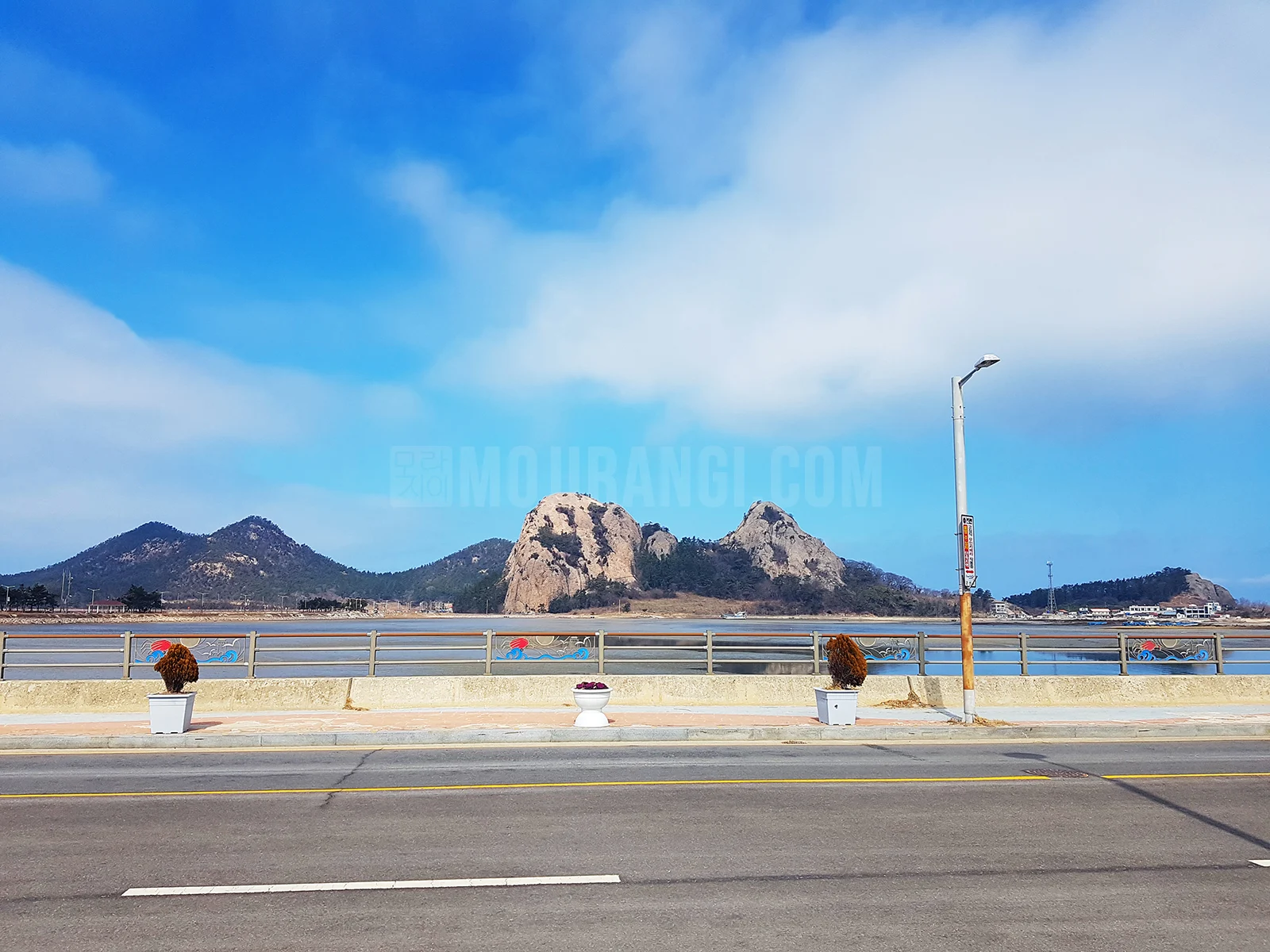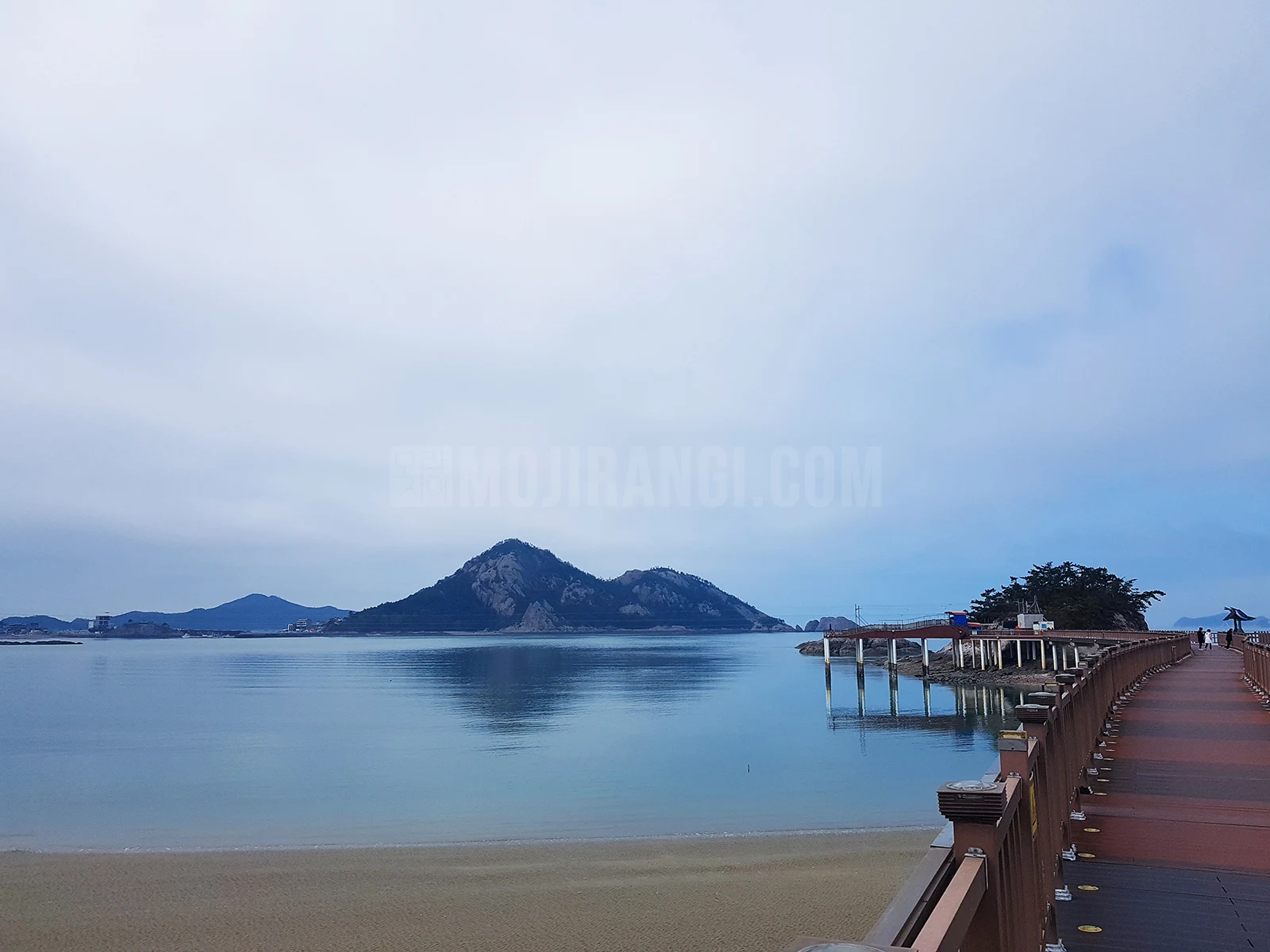Tired of the crowded tourist spots in Korea? If you're looking for a peaceful getaway loved by locals, let me introduce you to Seonyudo Island—a stunningly beautiful island on Korea's west coast, whose name fittingly means “Island Where the Immortals Play.”
Just a short drive from the city of Gunsan, Seonyudo offers a perfect blend of scenic drives, pristine beaches, and a quiet charm that feels a world away from the hustle and bustle. I recently took an unplanned day trip there with my wife, and honestly, it was one of the best detours I’ve ever made.
Here’s a complete guide to our trip, filled with the stories and practical tips we picked up along the way.
Getting There: The Breathtaking Gogunsan Drive
It wasn't always this easy. About 20 years ago, the only way to reach Seonyudo was by ferry, a trip I remember skipping because of the hassle. But thanks to the Gogunsan Bridge opening in 2017, you can now drive directly onto the island, passing through other gems like Sinsi-do, Munyeo-do, and even continuing to Jangja-do.
The drive itself is a major part of the experience. The road threads its way between a series of small islands, with the sea on both sides—a view so stunning it could make anyone forget they were on a long drive.
A Quick Word of Caution
💡 The road is a narrow two-lane highway. We visited during the off-season and it was peaceful, but I can easily imagine how packed it gets during peak travel seasons. If you can, plan your trip for a weekday or the off-season to avoid traffic.
The Main Attraction: Seonyudo Beach & Mangjubong Peak
After parking in the public lot (it's paid, but more on that later), we were immediately greeted by the sight of Mangjubong Peak. Its name translates to “Peak of Longing for the King,” born from a legend of an exiled loyal subject who would gaze north from its summit, yearning for his king. The story is poetic, but the view is even more captivating.
I’ve heard the sunset from here, known as Seonyu Nakjo, is a sight to behold, though we didn't have time to stay for it.
A short walk from the lot brought us to the main event: Seonyudo Beach. We were met with a wide-open stretch of soft sand and surprisingly clear water—a rare sight on the West Sea (Yellow Sea).
A Tale of Two Beaches: The Story of "Myeongsasimni"
While walking, I noticed a tourist brochure referring to the beach as "Myeongsasimni" (명사십리), a classic Korean phrase meaning "a beautiful sandy beach stretching for 4 kilometers."
This made me smile. The most famous Myeongsasimni is originally in Wonsan, North Korea—a place now inaccessible to us. Seeing the name used here felt a bit like the old saying, "When the tiger is away, the fox becomes king." 😊
But make no mistake, Seonyudo is beautiful enough to stand on its own. With a name like “Island Where the Immortals Play,” it hardly needs to borrow another's fame.
What We Did: Ziplines, Strolls, and a Smart Lunch Tip
We spent most of our time just walking hand-in-hand along the long, smooth coastline. For a couple like us who prefers quiet, having this gorgeous beach almost entirely to ourselves was a luxury. At one point, my wife turned to me and said, “I could live here.” I had to half-joke back, “Visiting is one thing, living here might be another, haha.”
Our walk took us towards the Seonyu Sky Sunline, a zipline that crosses right over the beach. We didn't ride it, but it looked like a great way to see the island from above.
After our 3-4 km walk, we were getting hungry. Here’s a great tip: most restaurants near the beach have a deal with the public parking lot. We found that if you spend over 10,000 KRW (about $7 USD) at a participating restaurant, you get 2 hours of free parking. We tried a local spot and had a fantastic seafood soft tofu stew and grilled fish platter. It really hit the spot
A Glimpse of the Future: The Self-Driving Shuttle
After our meal, we spotted a self-driving shuttle near the parking lot, a free trial service for the public. Unfortunately, it was down for maintenance the day we visited.
Still, for future visitors, here’s the route and schedule information.
Final Thoughts: Is Seonyudo Worth the Trip?
Absolutely. Our unplanned, 2.5-hour trip turned into a memorable spring outing. It’s easily accessible by car, stunningly beautiful, and offers a peaceful alternative to more famous destinations.
If you ever find yourself in or near Gunsan, Seonyudo Island is a detour you won't regret. Honestly, it was pretty great.










